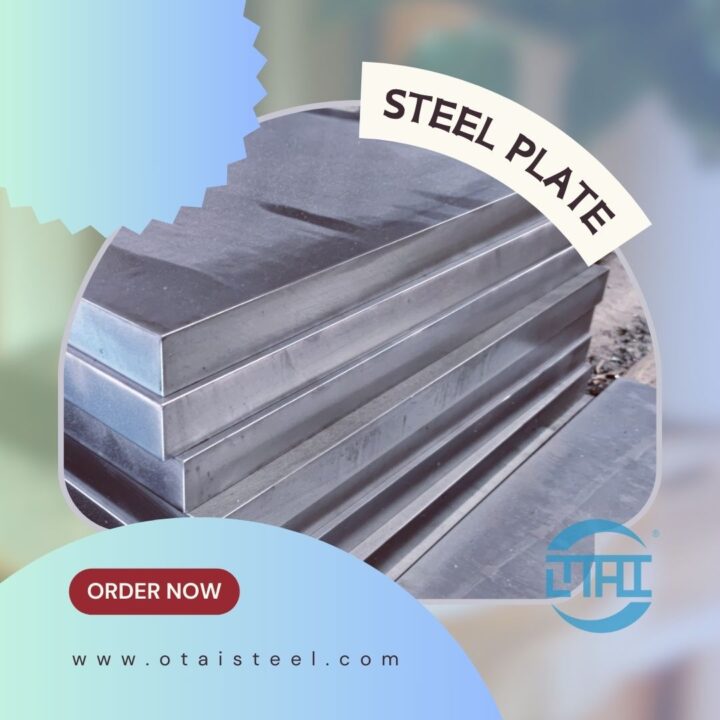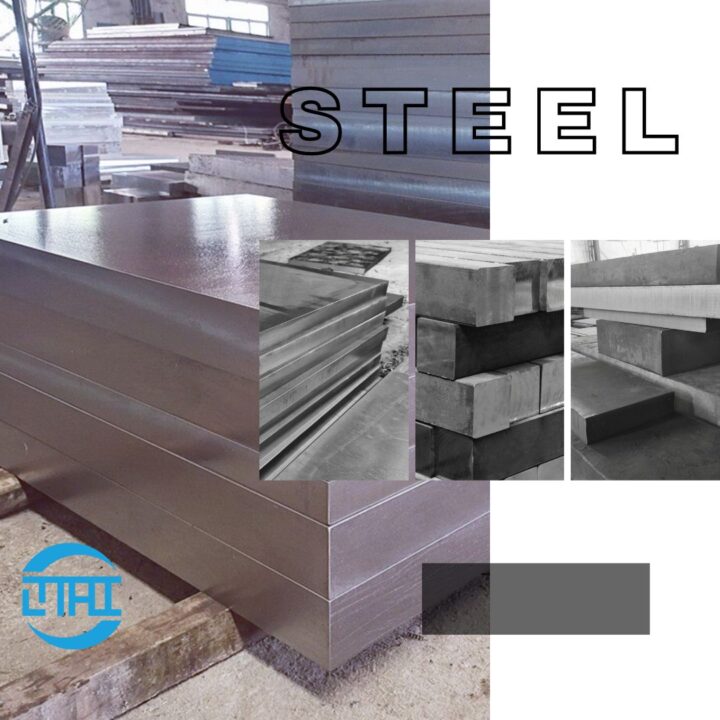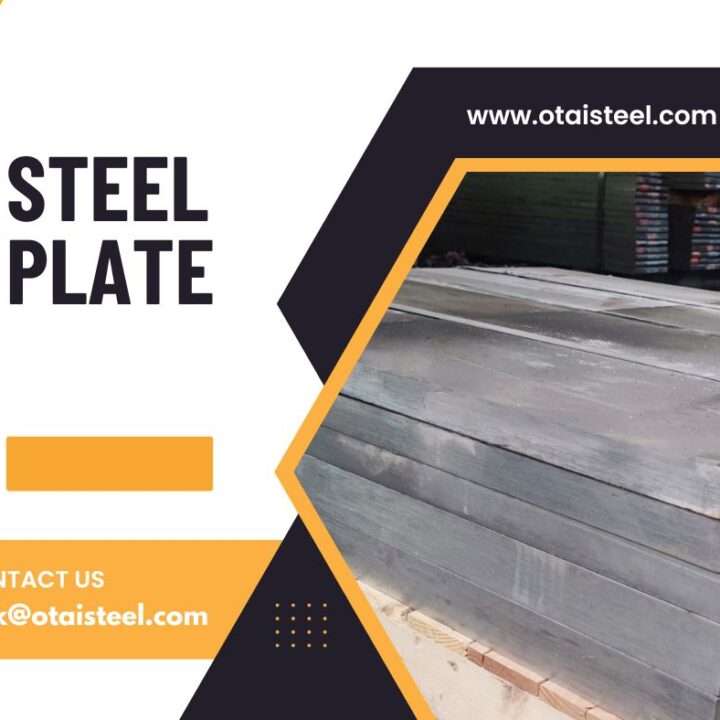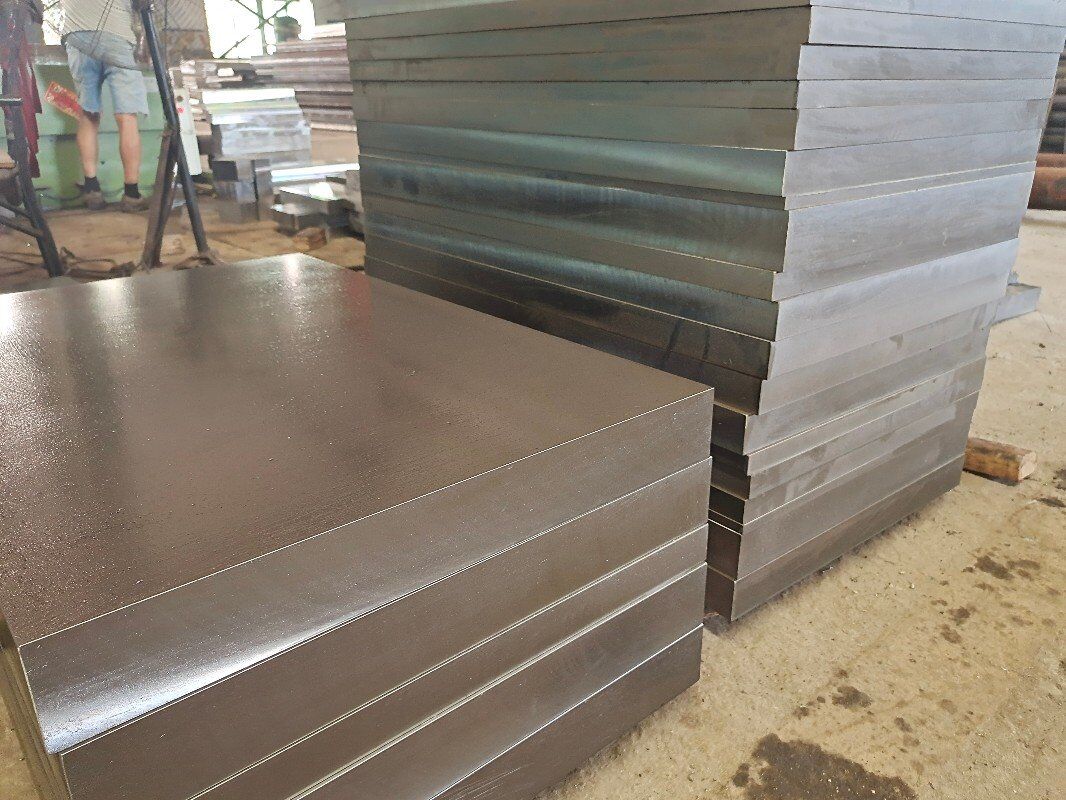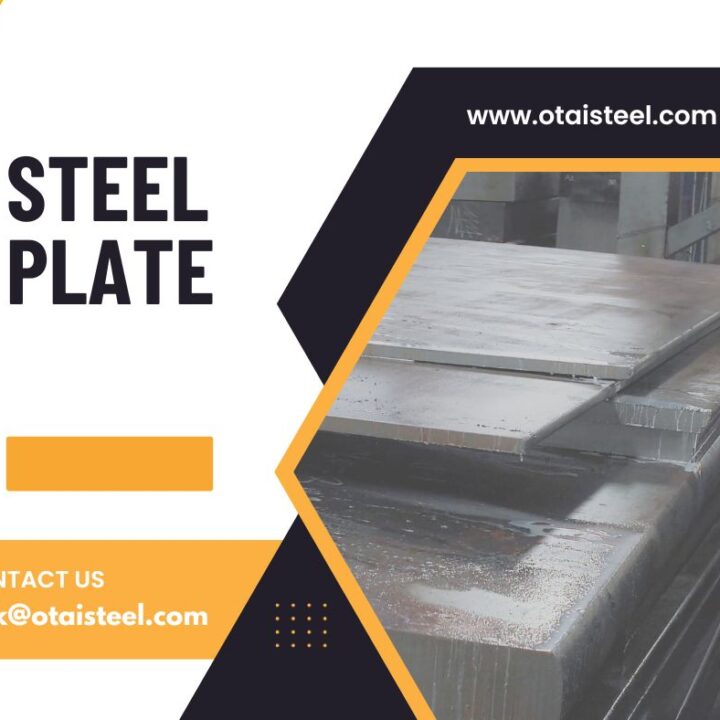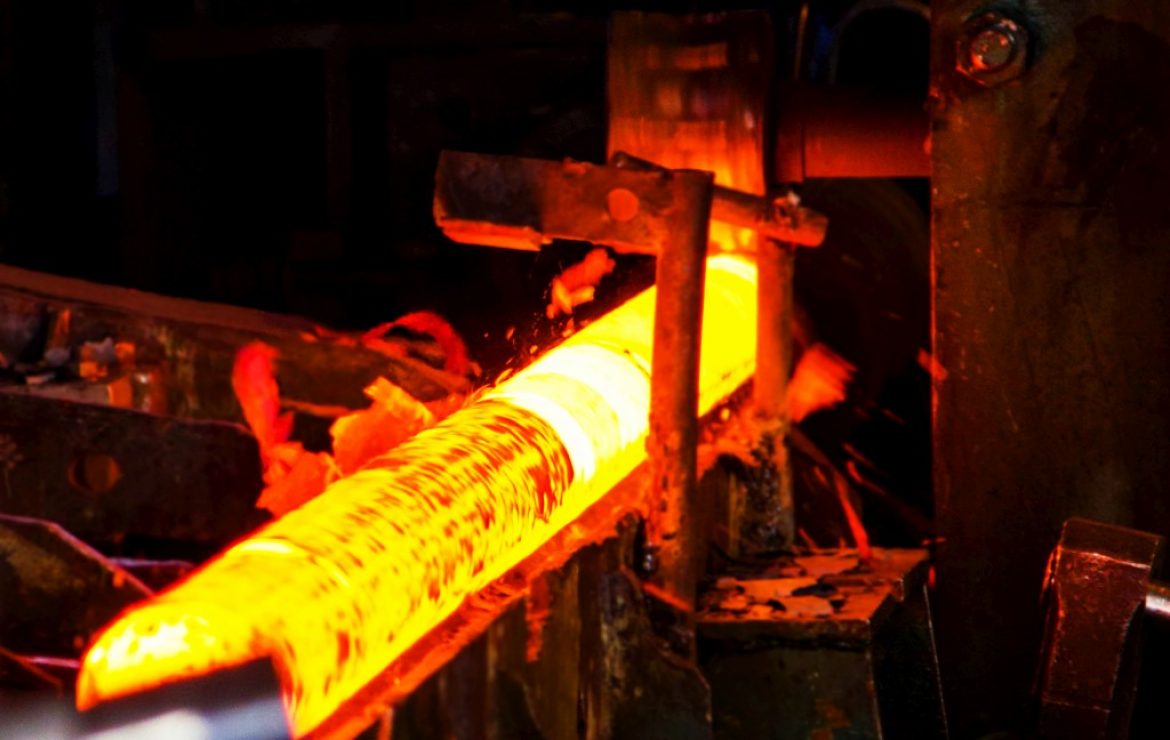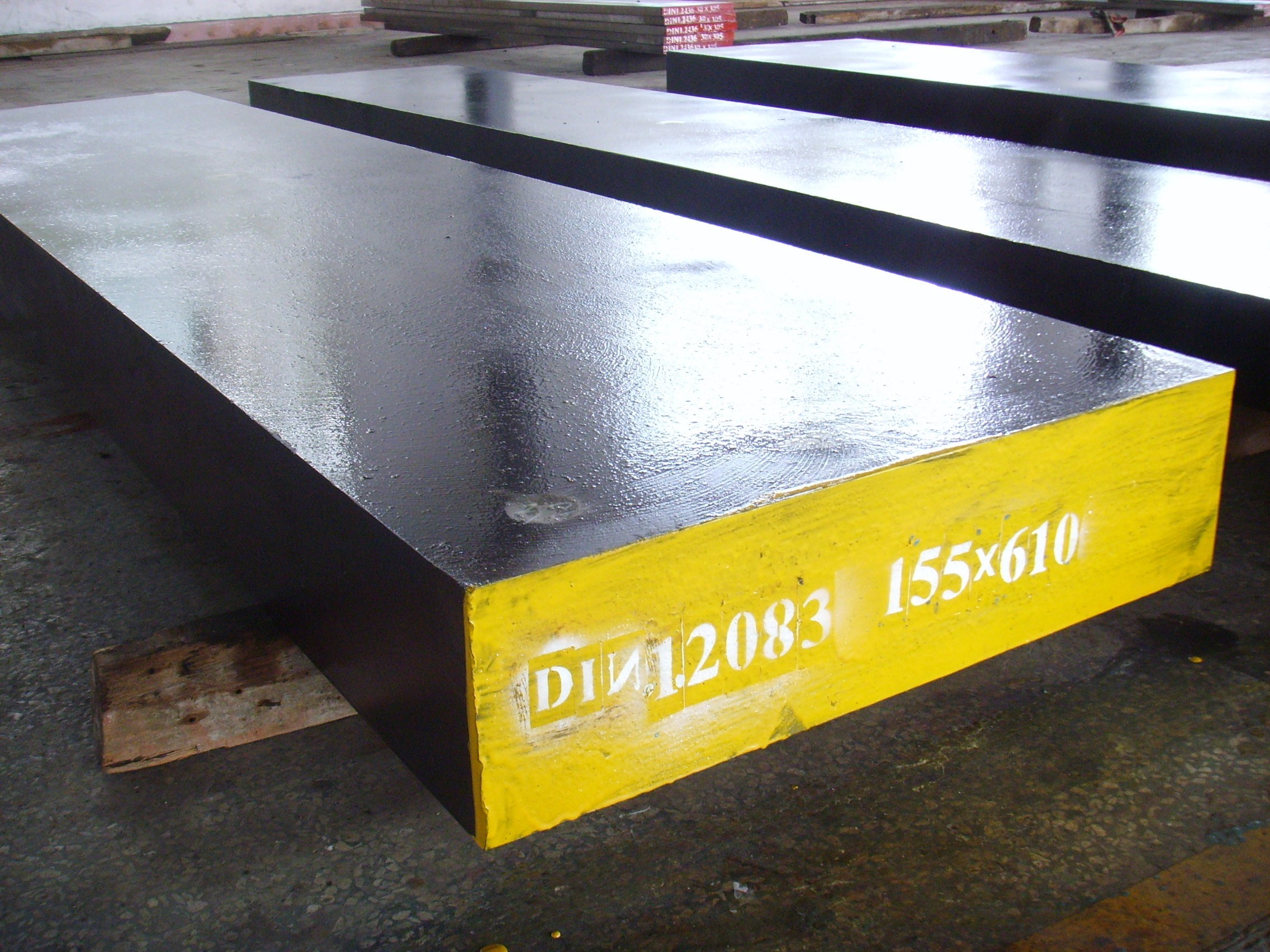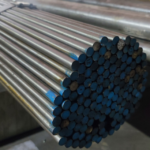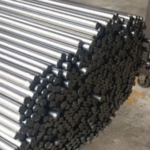How to select the right tool steel for your products?
The brand of tool steel and its application
Tool steels are available in various grades depending on their composition, the temperature range of forging or rolling and the type of hardening they experience. The general grades of AISI – SAE tool steel are O1, A2, and D2. These standard grades of steel are considered cold work steel, which can keep its cutting edge at up to about 400 °C. They have good hardness, wear resistance and deformation resistance.
Check our tool steel products page:https://otaialloysteel.com/products/tool-steel/
O1 is a kind of oil hardening steel with high hardness and good cutting processability. The grade of tool steel is mainly used for cutting tools, drill bits and knives and forks.
A2 is an air hardening steel containing an intermediate equivalent amount of alloy material (chromium). It has good machinability and wear resistance and toughness balance. A2 is the most commonly used air hardening steel variety, which is commonly used in punching and shaping punch, edge cutting mold and injection mold.
D2 steel can be Oil hardened or air hardened and contain a higher percentage of carbon and chromium than O1 and A2 steels. It has high wear resistance, good toughness and low deformation after heat treatment. The high carbon and chromium content in D2 steel makes it an ideal choice for the application that needs longer tool life.
Other tool steel grades include different types of alloys with a higher percentage, such as high speed steel M2, which can be selected for mass production. Various hot working steels can be up to 1000 ° C keep sharp cutting edge at higher temperature.
How can tool steel fail?
Before selecting tool steel grade, it is important to consider which tool is most likely to fail in this application by checking the failure tool. For example, some tools fail due to abrasive wear, in which the material being cut will wear the surface of the tool, although this type of failure occurs slowly and is predictable. Tools that wear to failure require tool steel with higher wear resistance.
Other types of faults are more catastrophic, such as cracking, fragmentation, or plastic deformation. For tools that have been broken or cracked, the toughness or impact resistance of tool steel should be increased (note that impact resistance will be reduced due to notch, undercut and sharp radius, which are common in tools and dies). For tools that deform under pressure, the hardness shall be increased.
But remember that the properties of tool steel are not directly related to each other, so for example, you may need to sacrifice toughness for higher wear resistance. That’s why it is so important to understand the characteristics of different tool steels and other factors (such as the geometry of the mold, the materials being processed, and the manufacturing history of the tool itself).
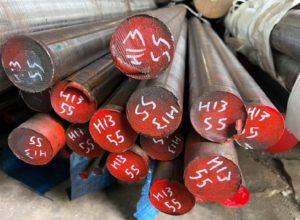
Tool steel cost
The last issue to consider when selecting tool steel grades is cost. If the tool is proven to be inferior and fails prematurely, the cut in in material selection may not reduce the overall production cost. Cost benefit analysis shall be carried out to ensure that the selected tool steel material can provide the required performance.
